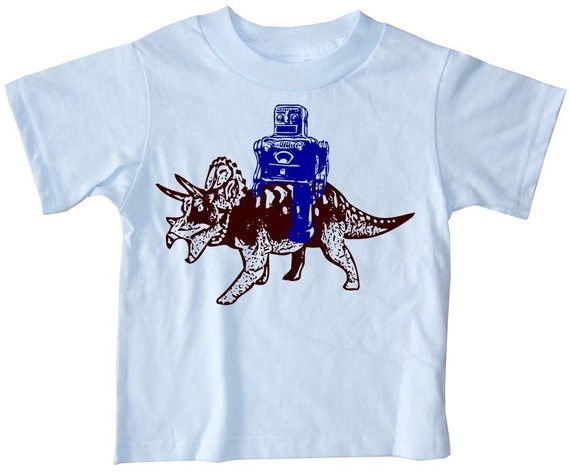I remember hoarding quarters. Stacking them in batches of 4, calculating their worth in the lives of lego men and Taun Tauns. Deciding fates and kickoffs. Creating tiny spinning planets of streaked silver that flit about the floor and then collapse into a disc. A quarter dollar and a nickle and a dime could get a snickers bar, a soda, or a plastic ring with a spider on it. 4 of them together would make the Mother’s Cookies at E-9 fall into the bin. A quarter is something you could easily find kicked around the floor that has value alone and accumulated. It something to hold on to.

If you live in Canada, you might be getting a quarter with far more than it’s 25 cent (Canadian) face value. The Canadian commemorative coin will have a full-color image of a dinosaur on one side and Queen Elizabeth II on the other. The awesome part is that the dinosaur bones GLOW in the dark! The coin will cost $29.95 Canadian and is bigger, and far, far, far far more awesome than the regular Canadian or US quarter.
Canadian Mint: Dinosaur – 25-Cent Coloured Glow-in-the-dark Coin (2012)
Pachyrhinosaurus
This is a pretty cool dinosaur which I hadn’t read about until today. It is however in my son’s giant dinosaur book,Dinosaurs, by Steve Brusatte. I highly recommend this book. It’s big, very big, and very awesome.


Pachyrhinosaurus (meaning “thick-nosed lizard”) is a genus of ceratopsid dinosaurs from the Late Cretaceousperiod of North America. The first examples were discovered by Charles M. Sternberg in Alberta, Canada, in 1946, and named in 1950. Over a dozen partial skulls and a large assortment of other fossils from various species have been found in Alberta and Alaska. A great number were not available for study until the 1980s, resulting in a relatively recent increase of interest in the Pachyrhinosaurus. Three species have been identified.P. lakustai, from the upper Bearpaw and lower Horseshoe Canyon Formations, is known to have existed from about 73.5-72.5 million years ago. P. canadensis is younger, known only from the lower Horseshoe Canyon Formation, about 71.5-71 Ma ago.[1] Fossils of the youngest species, unofficially named P. “perotorum”, have been recovered from the Prince Creek Formation of Alaska, and date to 70-69 million years ago. [Wikipedia]


-Mike








Add comment